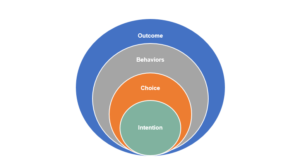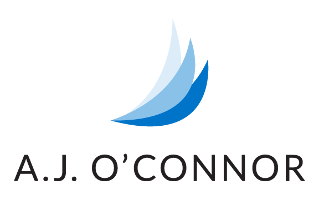
What’s Your Intention?
Great leaders regularly ask, “What are my intentions and how are my choices, behaviors, and the resulting outcomes aligned with my intentions?” Much like how the early voyagers used the North Star to navigate their vessels, so must the leader declare his or her intentions as the destination and examine the choices, behaviors, and resulting outcomes.
Intentions are our outcome-based values.
 They translate our values into ideas that we can connect to our worlds and lives. For example, if you say your intention is to serve your family, what you are saying is that you would like your choices, behaviors, and the outcomes to further the well-being of your family. For clarity, you may ask yourselves, “If I were to get into a road rage with the driver of another car does that support my declared intention?” My guess is that if your family witnessed the road rage scene, it is likely that they would not think of your choice, behaviors, and potential outcome as being in their interest.
They translate our values into ideas that we can connect to our worlds and lives. For example, if you say your intention is to serve your family, what you are saying is that you would like your choices, behaviors, and the outcomes to further the well-being of your family. For clarity, you may ask yourselves, “If I were to get into a road rage with the driver of another car does that support my declared intention?” My guess is that if your family witnessed the road rage scene, it is likely that they would not think of your choice, behaviors, and potential outcome as being in their interest.
This is an obvious example, but there are thousands of decisive moments when leaders are not present to and mindful of the misalignments between their stated intentions and their choices, behaviors, and the resulting outcomes.
The following examples come from coaching of senior leaders in various industries and across the globe:
- The leader who states that his intention is to be a fair and inclusive leader and set the example of the power of diversity and inclusion and then hires and promotes people with like interests and personal beliefs, downplays their mistakes or shoddy work, while amplifying that of others.
- The leader who declares her intention is to be a global leader, but upon assuming her role in a new location, tries constantly to change the local culture to that which she is more familiar and comfortable without a thorough understanding of the context for the local ways.
- The leader who declares wellness and balance as an important goal for the organization, but who, himself, cannot turn off work at home and sends emails late in the evening and weekends, therefore role modeling an informal culture that his followers assume to be his real intentions.
The good news is that trained and self-aware leaders can self-check regularly to monitor the alignment between their espoused intentions and their thoughts and actions. This is what coaches call the state of “self-mastery”. The stage at which leaders gain an unattached reflective stance that allows them to examine their actions and decisions from the balcony and understand the habitual thoughts and feelings that drive the execution of their intentions. When the leader is attached to the “ego self” or the “habitual/domesticated self” it is an excellent opportunity to reflect on the question, “How are my choices and actions serving my intentions?” Often the leader is operating on auto pilot and may not be consciously aware of the misalignment.
Questions to Ask
A foundational premise of leadership is that the leader is in the service of those who they are serving. This means that when the leader takes on the mantle, he reflects deeply on whether his intentions are aligned with the expectations of the position. In my work, I like to ask the following questions:
- Why did you accept this position?
- What motivates and drives you in performing your responsibilities?
- How does that compare with your understanding of the role as seen by the most important stakeholders?
- What important decisions have you made lately?
- Why do you consider them as important?

